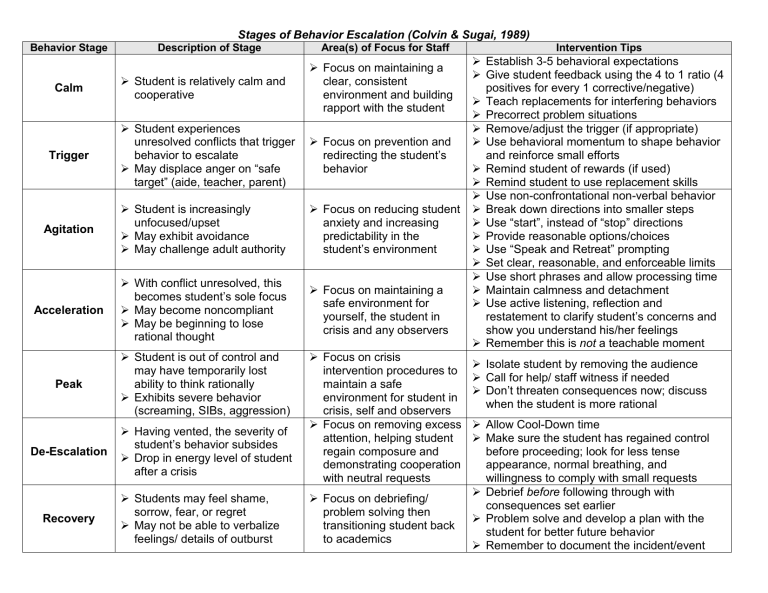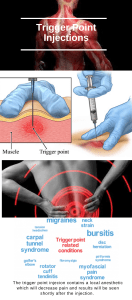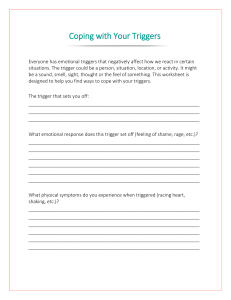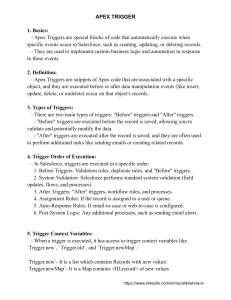
Stages of Behavior Escalation (Colvin & Sugai, 1989) Behavior Stage Description of Stage Area(s) of Focus for Staff Student is relatively calm and cooperative Focus on maintaining a clear, consistent environment and building rapport with the student Student experiences unresolved conflicts that trigger behavior to escalate May displace anger on “safe target” (aide, teacher, parent) Focus on prevention and redirecting the student’s behavior Agitation Student is increasingly unfocused/upset May exhibit avoidance May challenge adult authority Focus on reducing student anxiety and increasing predictability in the student’s environment Acceleration With conflict unresolved, this becomes student’s sole focus May become noncompliant May be beginning to lose rational thought Focus on maintaining a safe environment for yourself, the student in crisis and any observers Peak Student is out of control and may have temporarily lost ability to think rationally Exhibits severe behavior (screaming, SIBs, aggression) De-Escalation Having vented, the severity of student’s behavior subsides Drop in energy level of student after a crisis Calm Trigger Recovery Students may feel shame, sorrow, fear, or regret May not be able to verbalize feelings/ details of outburst Focus on crisis intervention procedures to maintain a safe environment for student in crisis, self and observers Focus on removing excess attention, helping student regain composure and demonstrating cooperation with neutral requests Focus on debriefing/ problem solving then transitioning student back to academics Intervention Tips Establish 3-5 behavioral expectations Give student feedback using the 4 to 1 ratio (4 positives for every 1 corrective/negative) Teach replacements for interfering behaviors Precorrect problem situations Remove/adjust the trigger (if appropriate) Use behavioral momentum to shape behavior and reinforce small efforts Remind student of rewards (if used) Remind student to use replacement skills Use non-confrontational non-verbal behavior Break down directions into smaller steps Use “start”, instead of “stop” directions Provide reasonable options/choices Use “Speak and Retreat” prompting Set clear, reasonable, and enforceable limits Use short phrases and allow processing time Maintain calmness and detachment Use active listening, reflection and restatement to clarify student’s concerns and show you understand his/her feelings Remember this is not a teachable moment Isolate student by removing the audience Call for help/ staff witness if needed Don’t threaten consequences now; discuss when the student is more rational Allow Cool-Down time Make sure the student has regained control before proceeding; look for less tense appearance, normal breathing, and willingness to comply with small requests Debrief before following through with consequences set earlier Problem solve and develop a plan with the student for better future behavior Remember to document the incident/event








